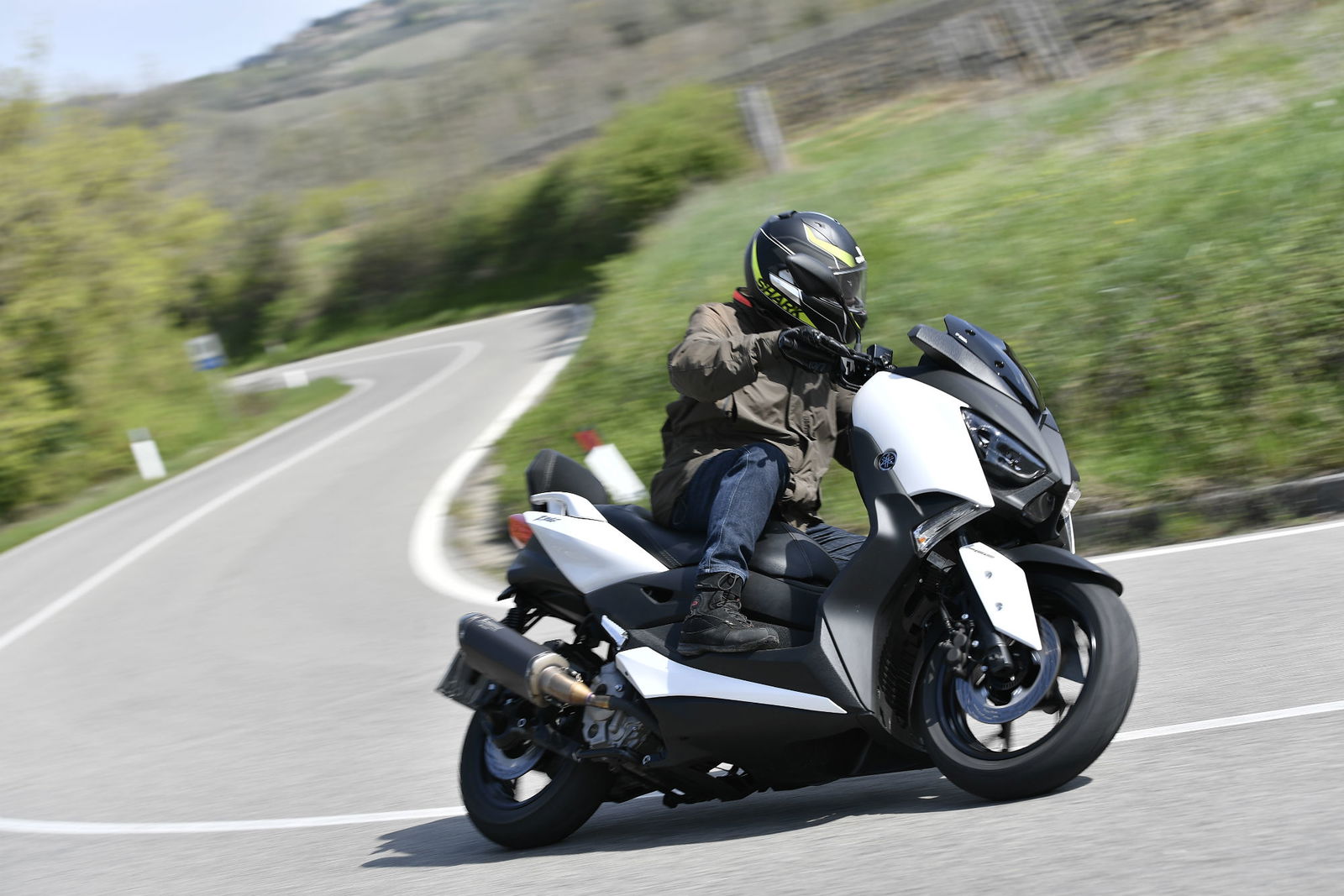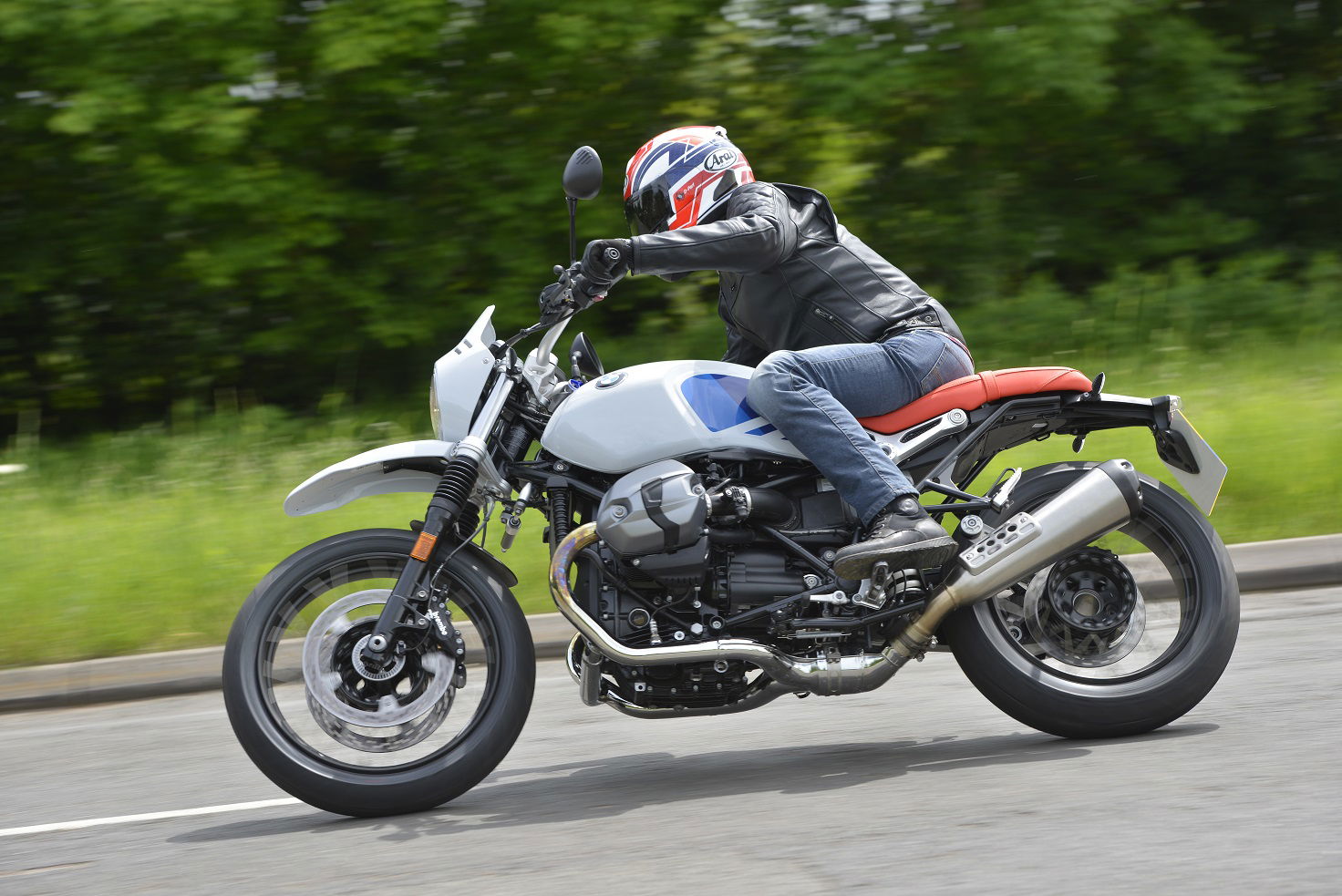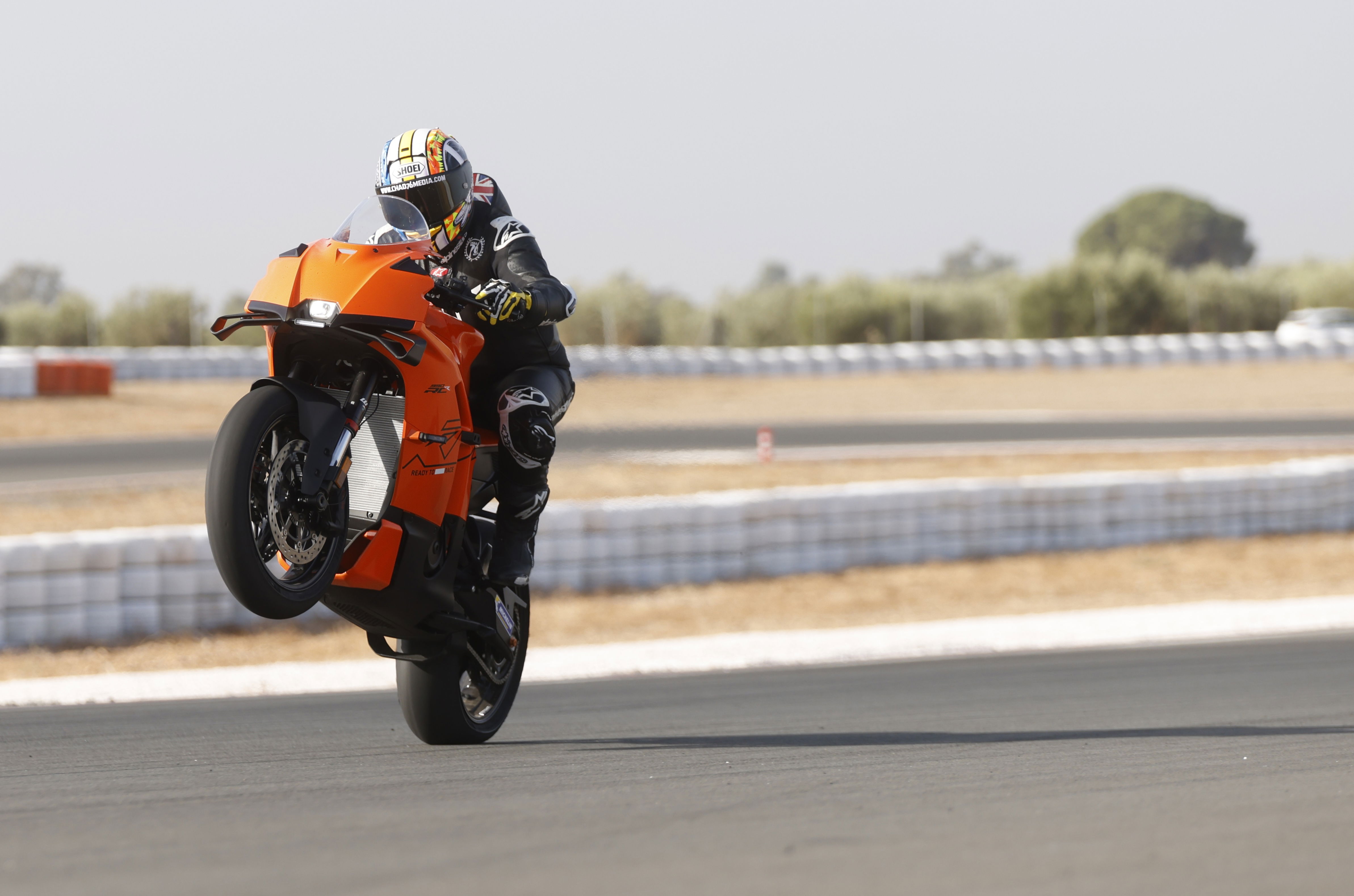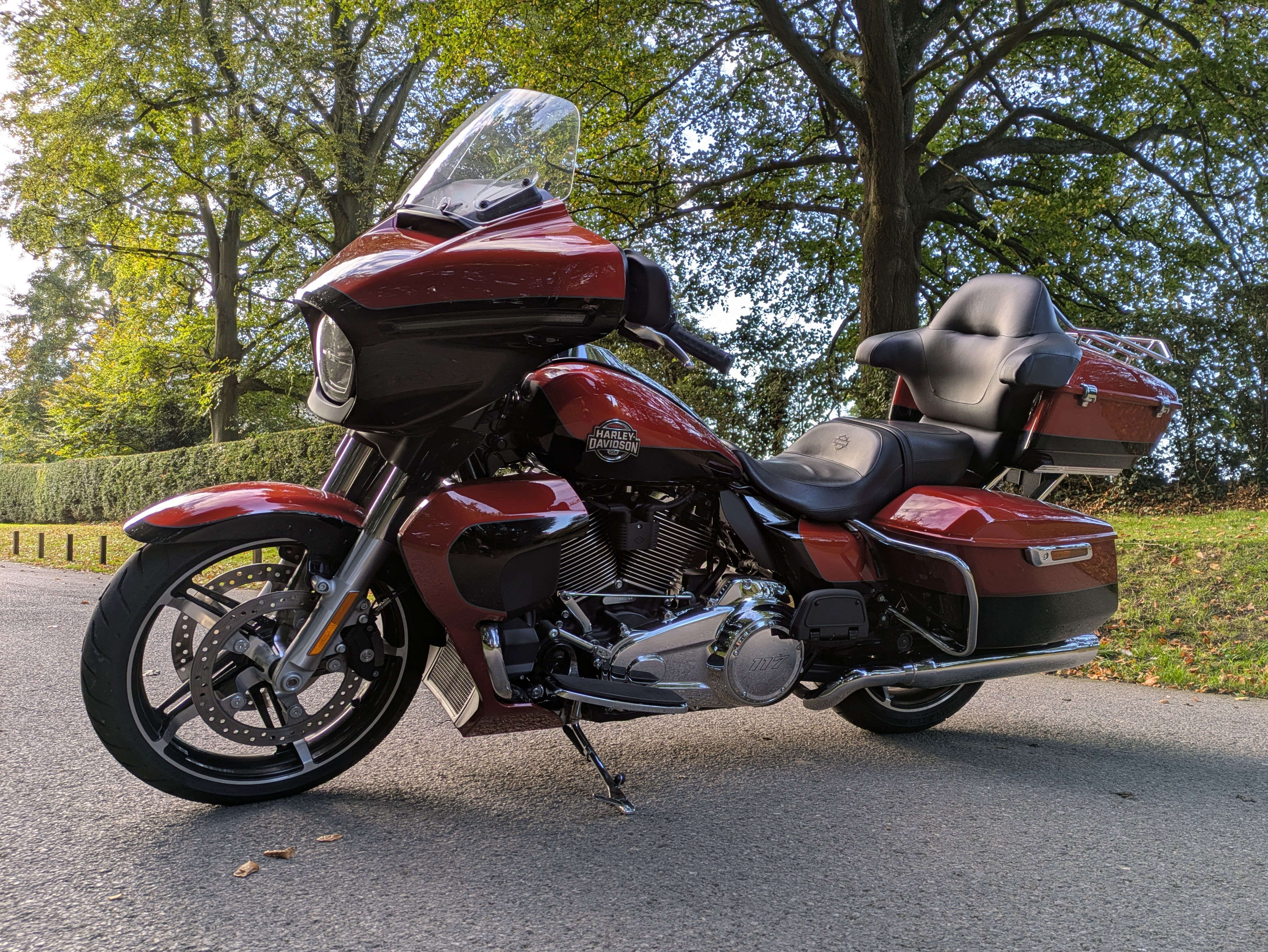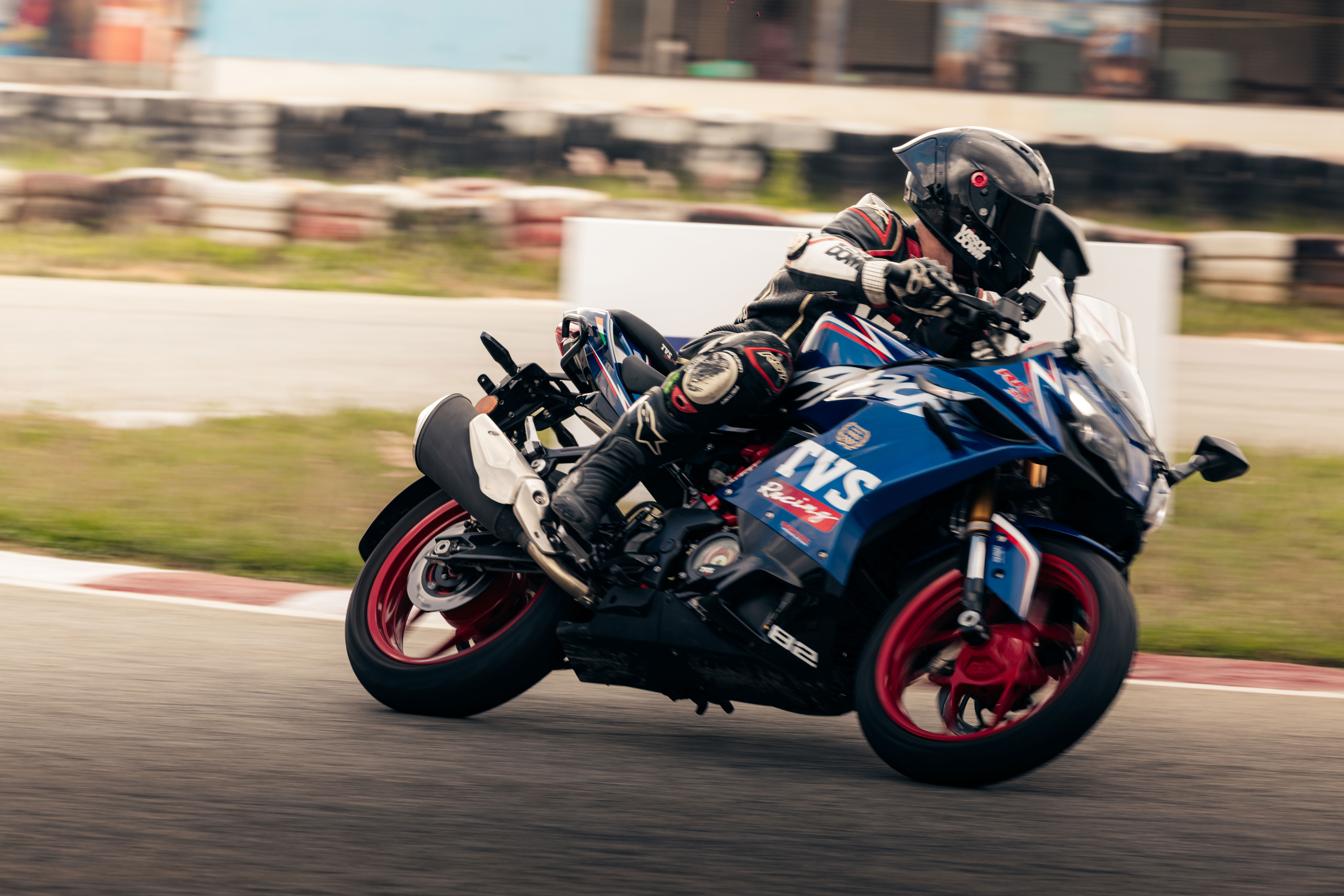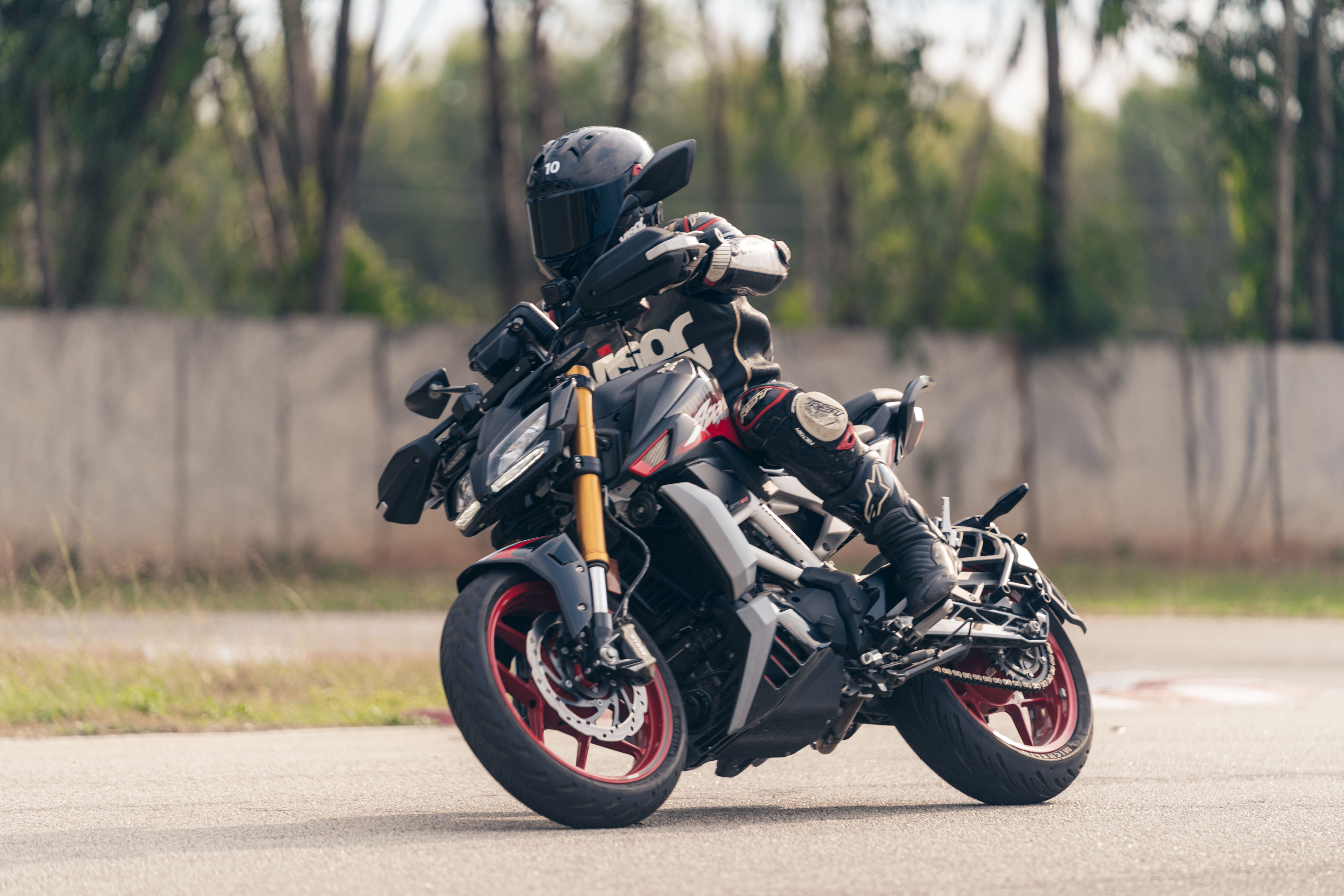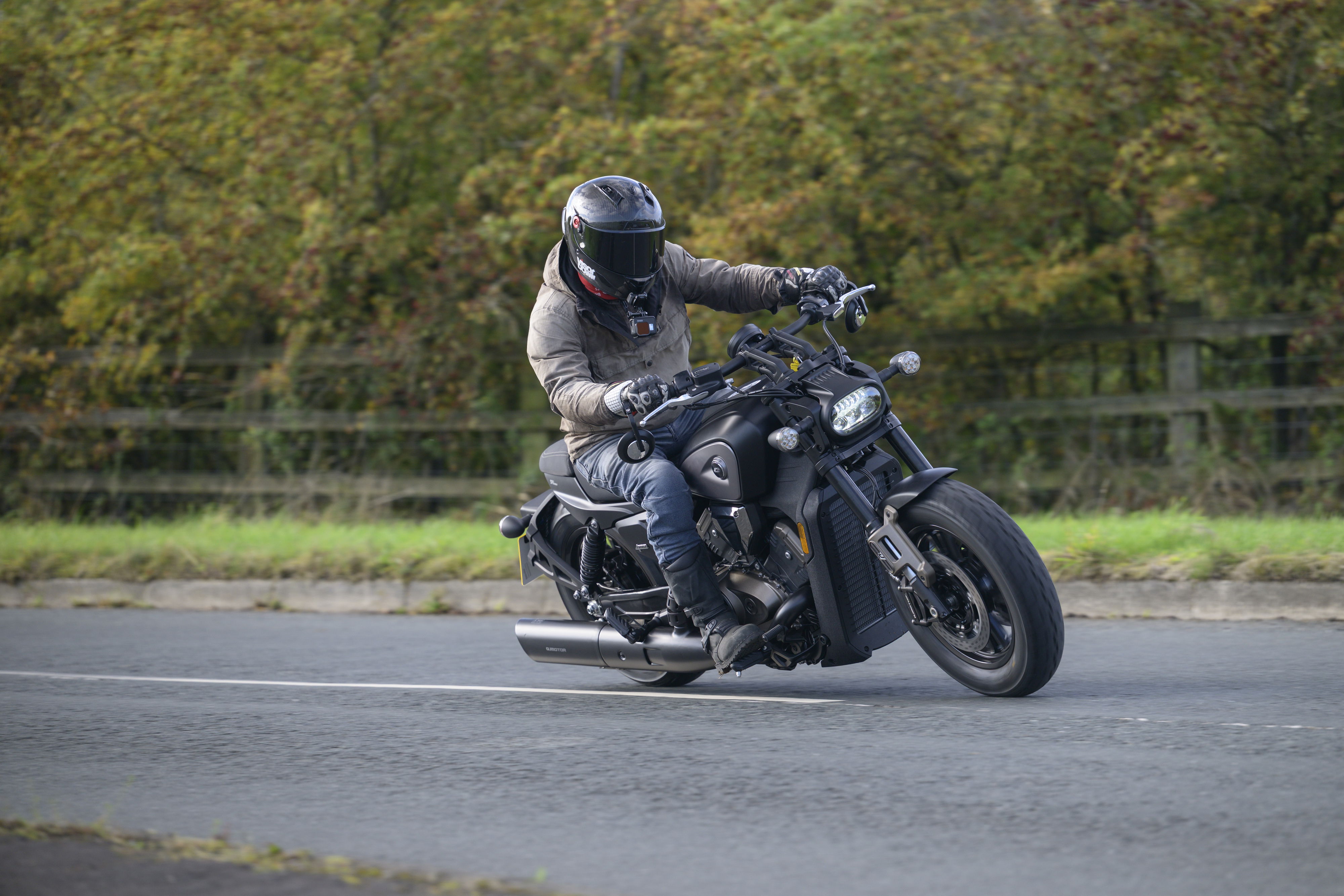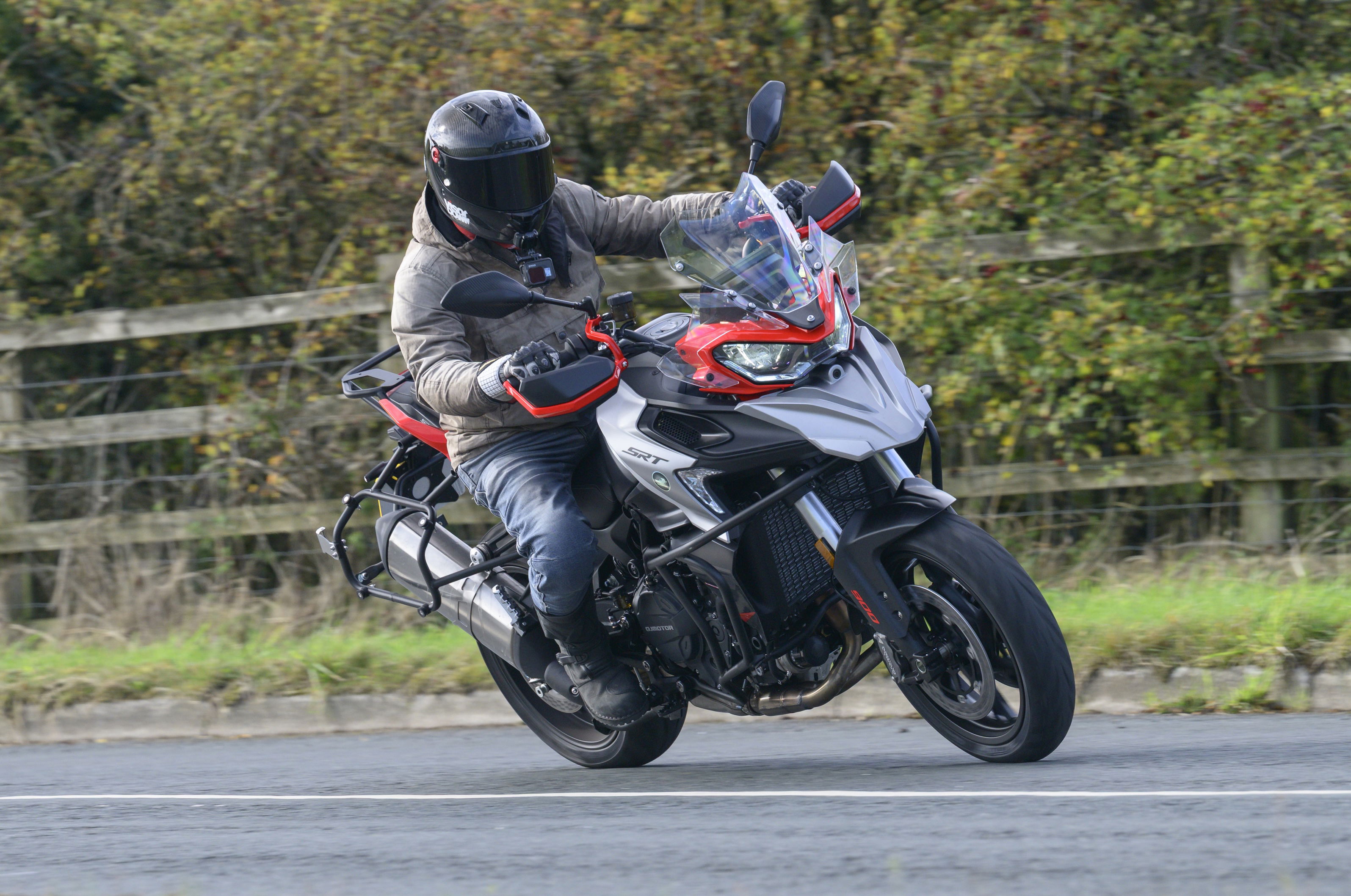First ride: Zero SR and DS review
Electric thrills in the Surrey Hills...

UNTIL RECENTLY, I’d never been fully plugged in to the idea of electric bikes. They’d always struck me as a side attraction at the funfair – interesting, but a bit of an amusement on the way to motorcycling’s big top, where the internal combustion engine is the star of the show.
But a day of silently scything round the Surrey countryside on a couple of Zero Motorcycles’ latest models has left me positively charged when it comes to the biking’s zero emissions future.
Zero Motorcycles was born in 2006, when it began making electric dirt bikes at its HQ in California, not too far from the tech hub that is Silicon Valley. There’s a lot of tech know-how in that part of the world, so it’s no surprise that in the 11 years Zero has been making electric velocipedes, it’s now got a range of models capable of delivering serious thrills and bikes that are well up to the task of fitting in with your daily life.
Zero is also growing its presence in the UK with a host of new dealers and as an introduction to the brand, I spent a day on the SR, Zero’s high performance offering, and the DS, its dual-purpose bike.
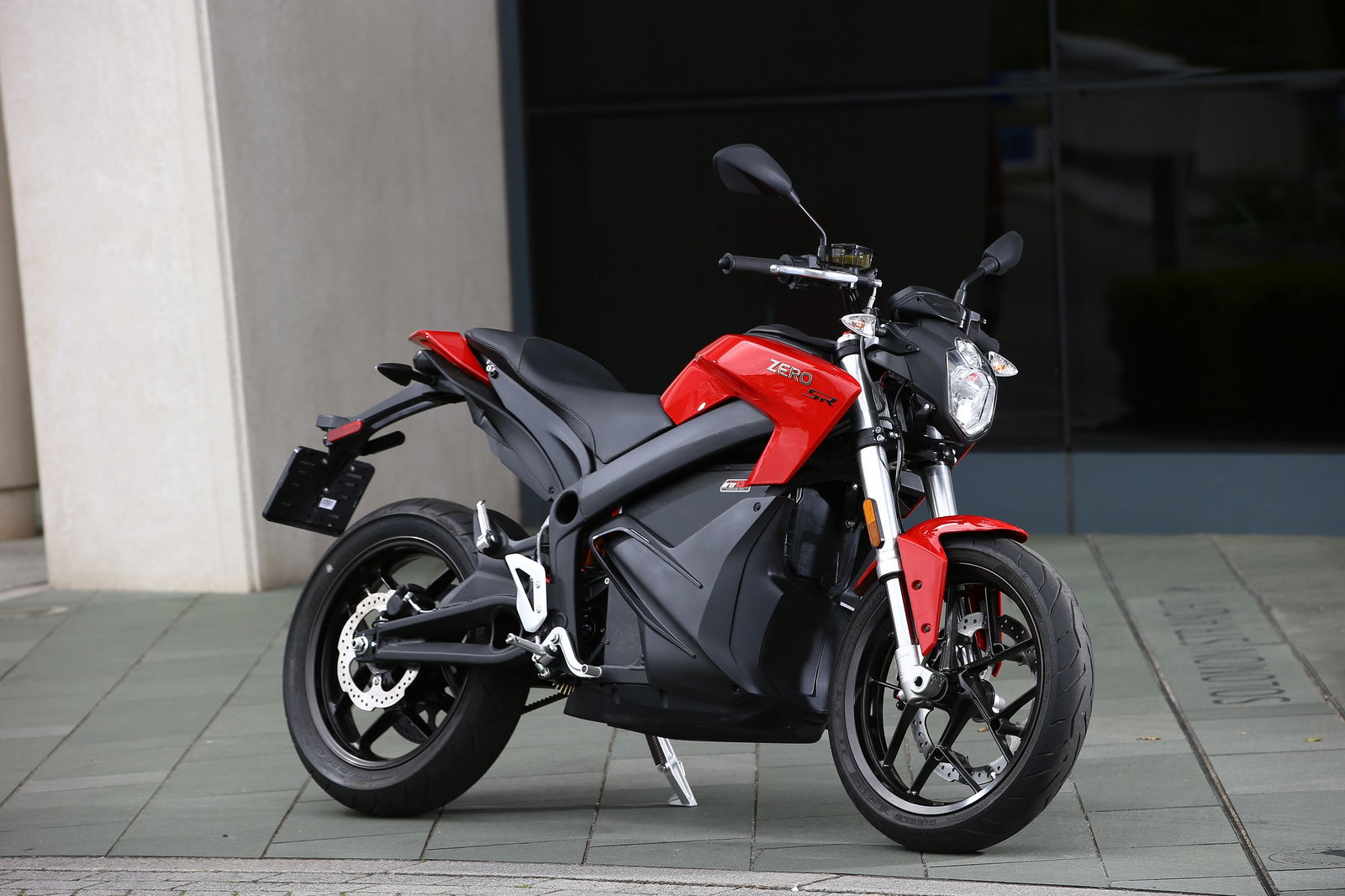
Both share the same key components including the brushless Z-Force electric motor, plus frame and suspension components. The DS has a 19 inch front wheel, higher bars, dual-purpose tyres and a high level front mudguard and its motor offers a little less power. The DS is also larger than the diminutive SR, which doesn’t quite feel like a full-size bike. With no gears or clutch lever to worry about, the SR and DS are both simple to ride and the only noise they emit is a futuristic whine, which draws odd looks from people.
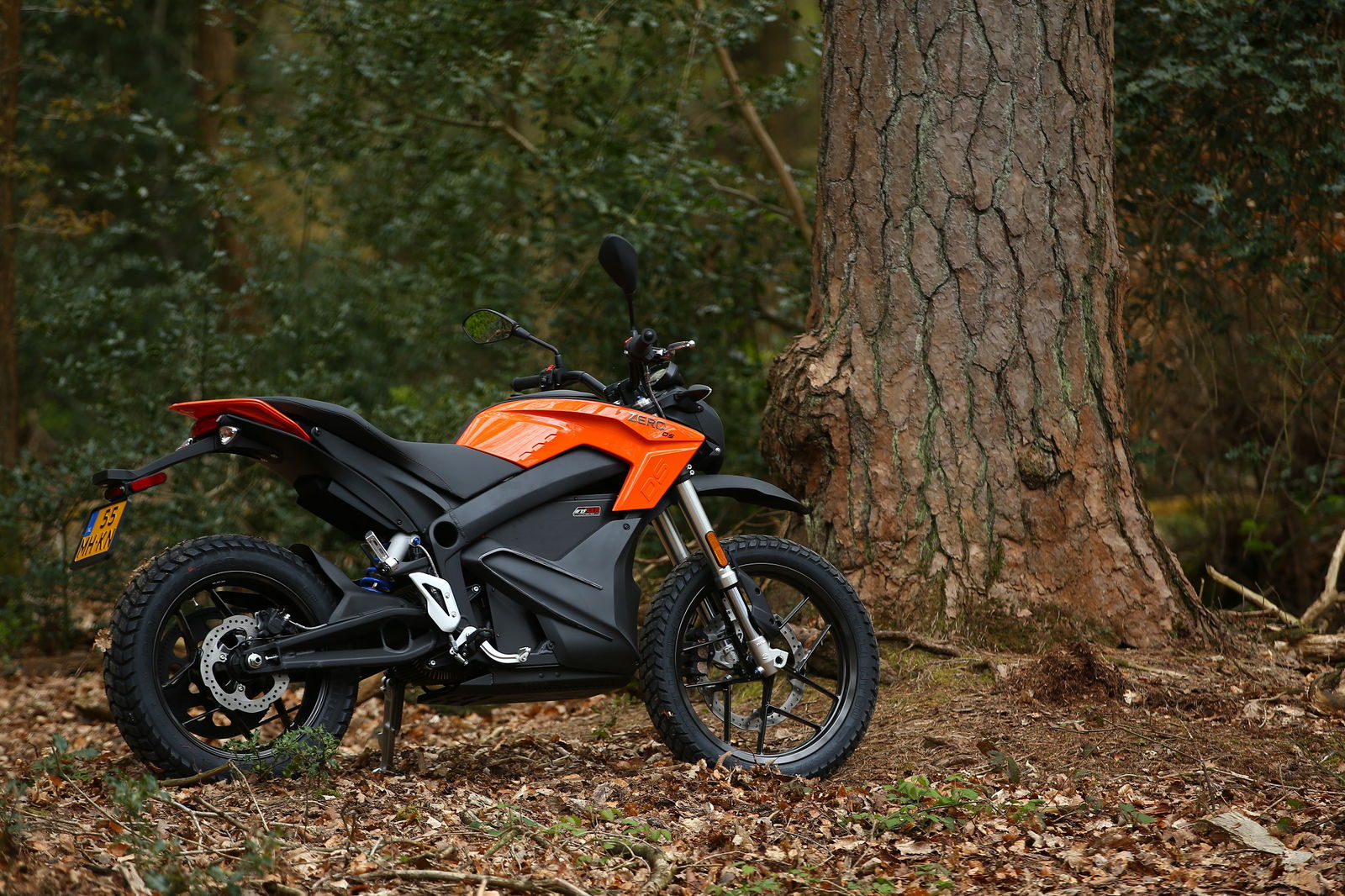
The lack of noise made by electric bikes is just one of the concerns many riders have when it comes to making the switch from petrol pump to plug socket and yes, the sound made by Zero’s models isn’t something to get excited about. So what is?
Economy. In town, with just the standard battery, the SR and DS can offer up to 150 miles, with that reducing to somewhere in the region of 80 miles at a more enthusiastic pace. That means Zeros have a fuel consumption equivalency of just pennies per mile.
Tank range and ease of charging is one of the main criticisms aimed at electric bikes, but it’s fair to say that 150 miles from a full battery is a respectable and the battery range can be extended with a power tank add-on. Charging from empty to full takes about eight hours and the bikes plug in to a standard plug socket, plus there’s no need to keep monitoring it – it can be safely left on charge and will manage itself. Zero says the battery life should exceed the life of the vehicle and should be good for around 300k miles.
Zero are keen for people to think about how far they ride in real-world situations and think if you do that, anxiety about range is likely to subside. I see what they mean – if you owned an SR, you’d have a commuter tool that would offer a good range for many people, but at the moment, it would still take some planning to ride from the south coast to Scotland one.
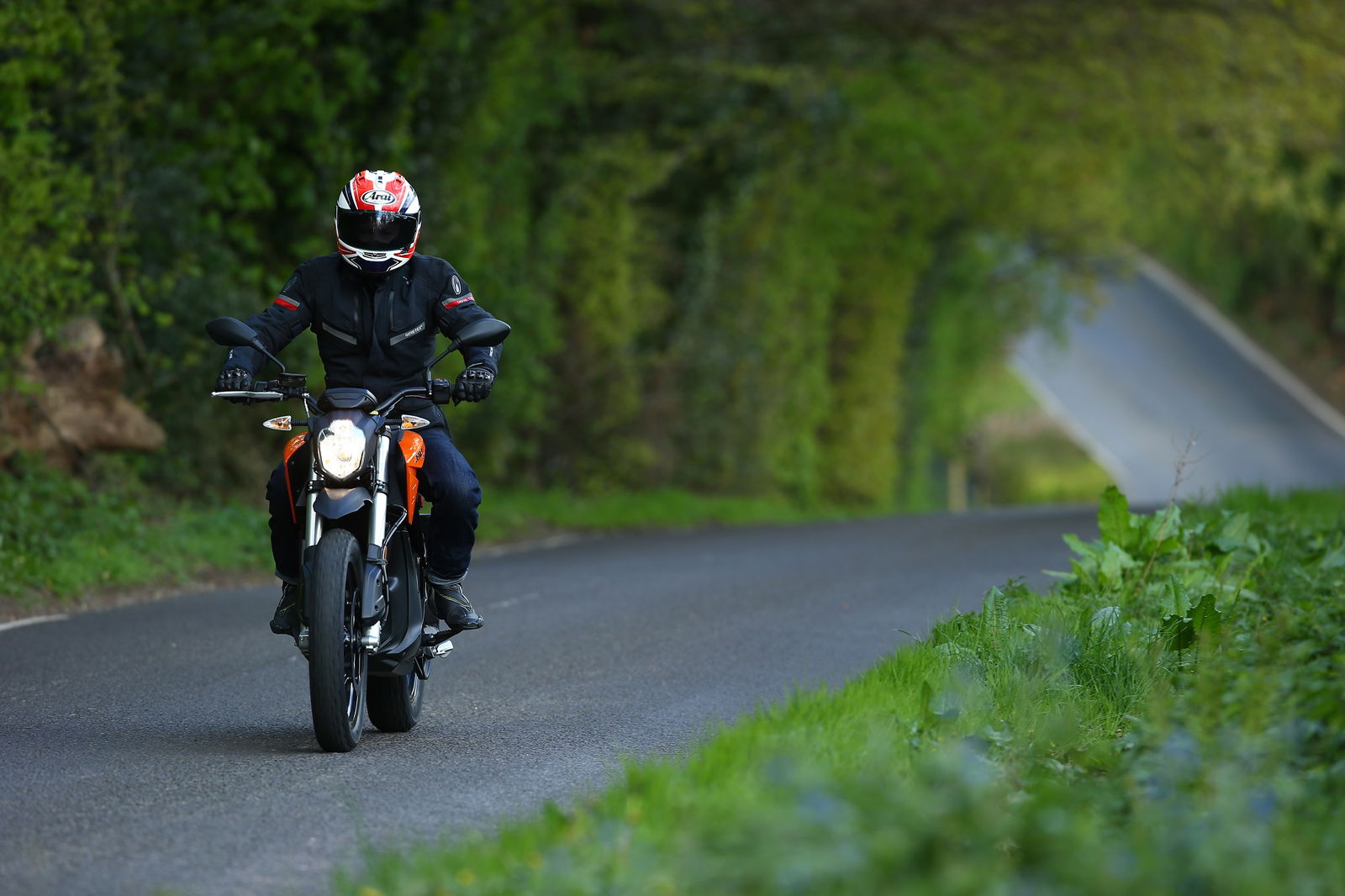
Owning a Zero SR or DS of these should come with minimal hassle and cost because air-cooled the motor (which weighs 19kg) has just one moving part, is virtually maintenance-free and also designed to cope with periods of extended high speed, so won’t overheat.
Minimal maintenance means minimal expense, and that needs to be the case because the SR and DS aren’t cheap to buy. The high-performance SR costs £15,690, while the more rugged DS starts at £10,690. Both models are eligible for a £1,500 electric vehicle grant from the government, which takes some of the sting out of the upfront cost.

And speaking of sting, the Zero SR might not look like the highest performance bike you’ve ever seen but it’s definitely got a sting in its tail courtesy of its brushless electric powerplant, which makes about 70hp in old money and puts out a whopping 116.lb/ft torque. That’s more than a litre superbike. And the best bit is that it’s all there from the moment you open the throttle, so opening the not-gas delivers an amazing sensation of acceleration and power that I’ve not experienced on any other bike.
BEFORE jumping on the SR, I was told to start in the softest on the three ride modes, Eco, which gives the bike 50% power and a friendlier response when you ask for it. Riding in Eco mode lasted for about a mile before I shut the throttle, tapped the Mode button under the kill switch and opted for Sport mode, with full beans power and a slab of torque on hand as soon as it’s requested – enough for 0-60 in 3.8 seconds, which is about the same as a Yamaha MT-07.
Opening the throttle and having no delay or build up to maximum power is a sensational feeling and one that’s likely to make a lot of people think differently about the performance of electric motorcycles. It means that the SR and DS should be well capable of surprising your local traffic light drag legends the next time you’re on the way to the office. In fact, both models are capable of sticking so much power through the rear tyre so quickly that it’s crazy to think neither bike has traction control at the moment.
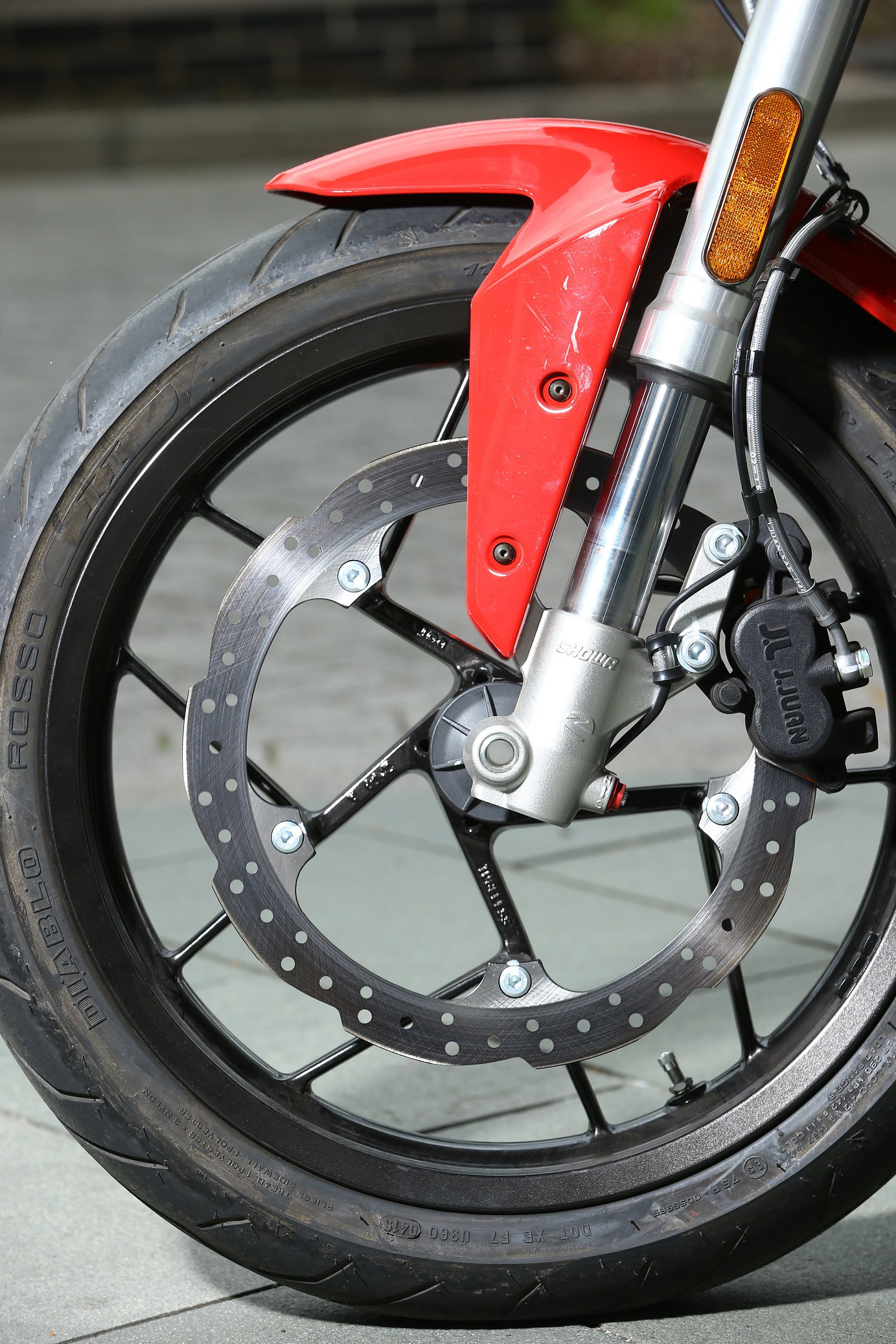
The other thing that hits you is the lack of engine braking so when slowing down, I felt like I was working the good J.Juan brakes harder than I usually would, but it’s something you quickly become used to.
There’s a third custom riding mode on offer as too, programmed via Zero’s phone app, which communicates with your bike via Bluetooth. Setting a custom mode allows you to program in ‘regen’ – where the engine puts power back into the battery, and also gives some sensation of engine braking.

And what about weight? The SR tips the scales at 188kg and the DS comes in at 187kg. With a slab of battery where you’d normally expect to see an engine, to my eyes both bikes looked like they’d be heavy and I was prepared for them to feel weighty and lethargic. But they weren’t – and thanks to adjustable Showa suspension at each end, the SR and DS both deliver a good ride that sucked up the often-bumpy roads in the Surrey hills area. The only clue that there’s a massive mass of battery hanging in the frame comes when dropping in to a turn, where the SR can feel a bit keen, but both the SR and DS handle well.
Having a go on Zero’s electric heroes hasn’t made me renounce my love of the internal combustion engine just yet. I think that after people try these, they’ll have similar feelings – I’m not sure a Zero SR or DS are going to see you flogging your petrol bike, but as fun, cheap-to-run daily bikes, they could be a great addition to the garage. I’d certainly think about it – their economy is hard to ignore and so is the grin-factor when you pin the throttle and get 116lb/ft delivered at next to no speed.
Models tested: Zero SR and DS
Price: £15,690 (SR), £10,690 (DS)
Motor: Z-Force 75-7R passively air-cooled, high efficiency, radial flux, interior permanent hi-temp magnet, brushless motor
Power: 70hp at 3,500rpm (SR) / 34hp at 4,300rpm (DS)
Torque: 116lb/ft (SR) / 78lb/ft (DS)
Suspension: Front - Showa 41 mm inverted cartridge forks, with adjustable spring preload, compression and rebound damping / Rear - Showa 40 mm piston, piggy-back reservoir shock with adjustable spring preload, compression and rebound damping
Tyres: Pirelli Diablo Rosso II – 110/70-17 front, 140/70-17 rear (DS) / Pirelli MT-60, 100/90-19 front, 130/80-17 (rear)
Brakes: Front - Bosch Gen 9 ABS, J-Juan asymmetric dual piston floating caliper, 320x5 mm disc / Rear - Bosch Gen 9 ABS, J-Juan single piston floating caliper, 240x4.5 mm disc
Seat height: 807mm (SR), 843mm (DS)
Weight: 188kg (SR), 244kg (DS)
Photos: DoubleRed
